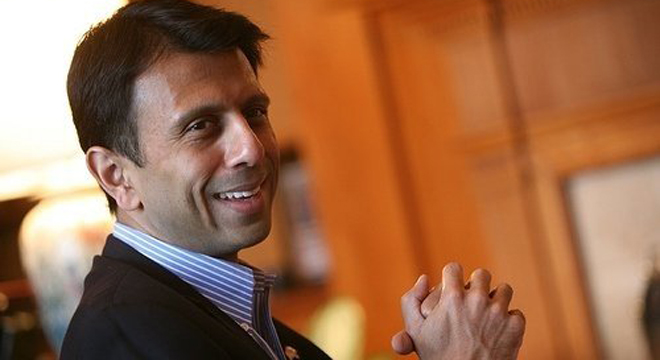Rep. Pete Stark (D-CA) is now finding himself in a situation he has not faced in a very, very long time in his safe Democratic district in the San Francisco Bay area: Having a real opponent.
At a candidate forum this past Tuesday, Stark made an accusation against his opponent, fellow Democrat Eric Swalwell, that was — well, stark, alleging without any immediate evidence that Swalwell had taken “hundreds of thousands of dollars in bribes” from a prominent real estate development family.
The next day — and with Swalwell threatening legal action if Stark if did not apologize — he walked it back in a statement: “I misspoke the other evening when I made allegations against my opponent for taking bribes, and for that I apologize.”
But Stark did make sure to still get in a knock at Swalwell: “Eric Swalwell has been a consistent vote on the Dublin City Council and on the Planning Commission supporting projects by developers who have been raided by the FBI, have pleaded guilty to destroying natural habitats, and has taken numerous contributions to fund his campaign which he consistently utilizes with negative attacks.”
Swalwell fired back: “His statement does nothing more than trade mudslinging for smear tactics. Congressman Stark has lost all credibility, and voters should consider the source: a member of Congress who has issued more public apologies than Lindsay Lohan.”
Stark was first elected to Congress 40 years ago. In the 1972 election cycle, he won the Democratic primary over an entrenched 38-year incumbent, Rep. George P. Miller, and has not had a truly tough race ever since his first general election. In this time, he has made a name as an outspoken liberal, a member of the Congressional Progressive Caucus, and also the first (and so far, only) openly atheist member of Congress.
But now, in the year 2012, Stark might be facing a similar test as the one he gave to Miller — and can he pass it?
As a result of redistricting, Stark’s seat has taken in significant new areas. According to an analysis provided to TPM by California-based Democratic political consultant Paul Mitchell, who is not affiliated with either campaign, only 46.4% of the total population in the new district were also represented by Stark under the previous map. And one of the Democratic elected officials from the new area, Dublin city councilman Eric Swalwell, chose to challenge Stark for the seat.
In fact, the Swalwell campaign has even produced a flyer that reprints some of Stark’s own campaign literature from 1972 — in which Stark contrasted his youth at the time with the 81-year old Miller. As the Swalwell flyer reminds voters in their own comparison of the two current contenders, Stark is now 80.
One thing to remember, though, is that while Swalwell is also a Democrat, he is not challenging Stark in the Democratic primary in June — because there is no longer actually any such thing as the Democratic primary in California. In 2010, California’s voters approved Proposition 14, which replaced the conventional party primaries with a different system known as “Top Two,” copied from Washington state. Under this system, which took effect last year, all candidates appear on the same ballot, with their respective party labels next to their names, and the top two voter-getters advance to the general election, with the possibility of two Democrats or two Republicans facing off in very safe districts.
In Stark’s district, only three candidates have qualified for the ballot: Two Democrats, Stark and Swalwell; and one conservative independent, Chris Pareja. As such, there is not even any “Republican” label on the ballot, which might have easily attracted votes from the district’s GOP minority.
In the FEC figures up through the end of March, Stark has over $550,000 cash on hand, and Swalwell has over $90,000 cash on hand. By contrast, Pareja’s filings currently only go up through December 2011Â — and show him with mere $173 cash on hand at that time.
All of this adds up to a decent expectation that in the primary this June, it will be Stark and Swalwell who continue through to November, for a Dem vs. Dem match-up in a district that previously voted for President Obama with 68% of the vote in 2008.
Swalwell’s spokesperson Lisa Tucker told TPM that the race is a contest of who can lead the district — for example, the campaign alleges that Stark is out of touch with the district, and lives mainly in Maryland. However, they still expect to come in second place in the June primary, and then hope to build on a strong enough showing as they look toward November.
“This is a Congressman who has routinely received more than 75 percent of the vote in each election, on autopilot,” said Tucker. “And we need to hold him to the low 50’s. And then I think we get that second shot in November. And if we do that, I think we have a great shot at defeating him, because we get a second shot, back to back.”
At time of writing, the Stark campaign did not return TPM’s calls and e-mails for comment.









